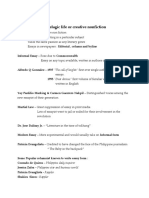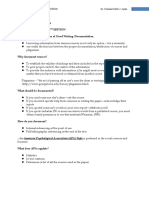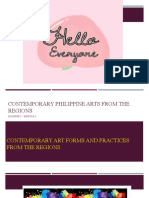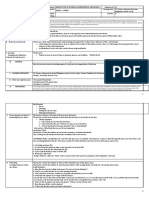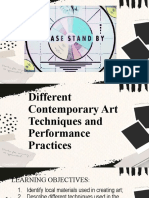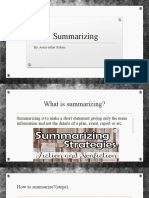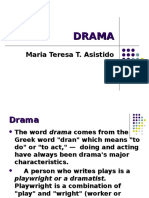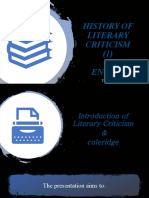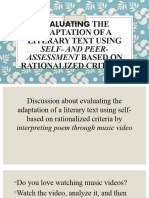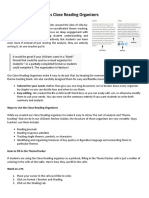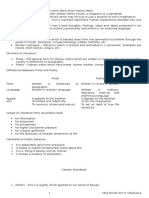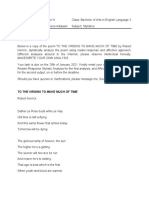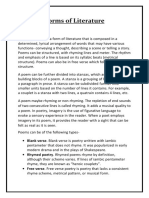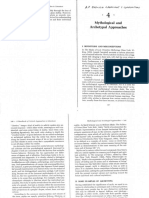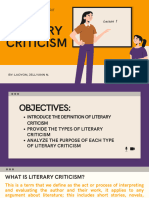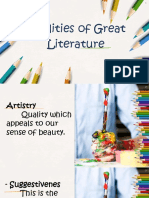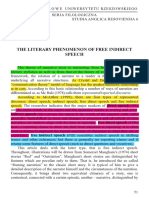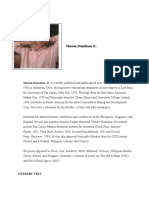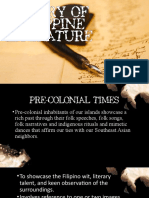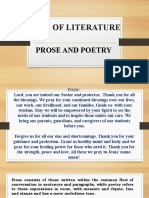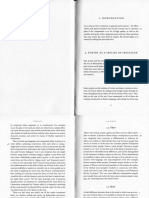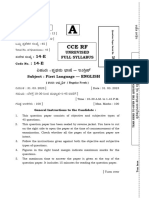100% found this document useful (1 vote)
101 views114 pages21stcenturylit Chapter1
This document provides an overview of 21st century literature and key concepts related to prose and poetry. It defines literature as anything that is written and discusses different genres such as novels, short stories, plays, biographies and more. The document also compares and contrasts prose and poetry, noting differences in structure, rhythm, form and more. Additionally, it explores literary elements such as theme, tone, figures of speech and provides examples of different types of poetry including narrative, lyric and dramatic poetry.
Uploaded by
Jay Vee LaxamanaCopyright
© © All Rights Reserved
We take content rights seriously. If you suspect this is your content, claim it here.
Available Formats
Download as PPTX, PDF, TXT or read online on Scribd
100% found this document useful (1 vote)
101 views114 pages21stcenturylit Chapter1
This document provides an overview of 21st century literature and key concepts related to prose and poetry. It defines literature as anything that is written and discusses different genres such as novels, short stories, plays, biographies and more. The document also compares and contrasts prose and poetry, noting differences in structure, rhythm, form and more. Additionally, it explores literary elements such as theme, tone, figures of speech and provides examples of different types of poetry including narrative, lyric and dramatic poetry.
Uploaded by
Jay Vee LaxamanaCopyright
© © All Rights Reserved
We take content rights seriously. If you suspect this is your content, claim it here.
Available Formats
Download as PPTX, PDF, TXT or read online on Scribd
/ 114







